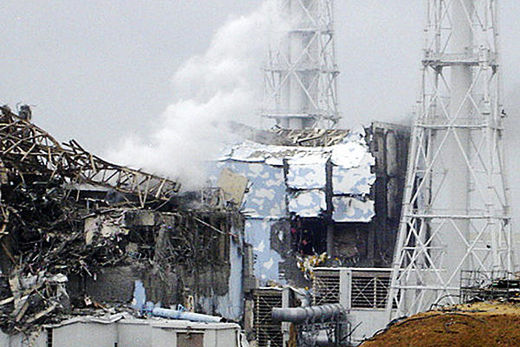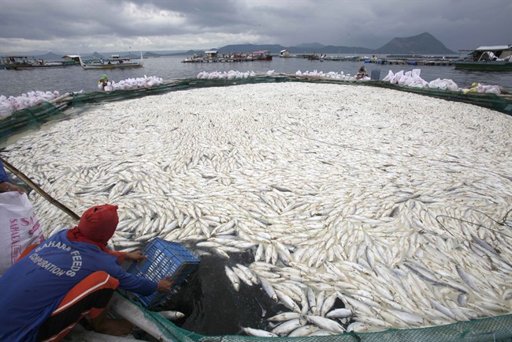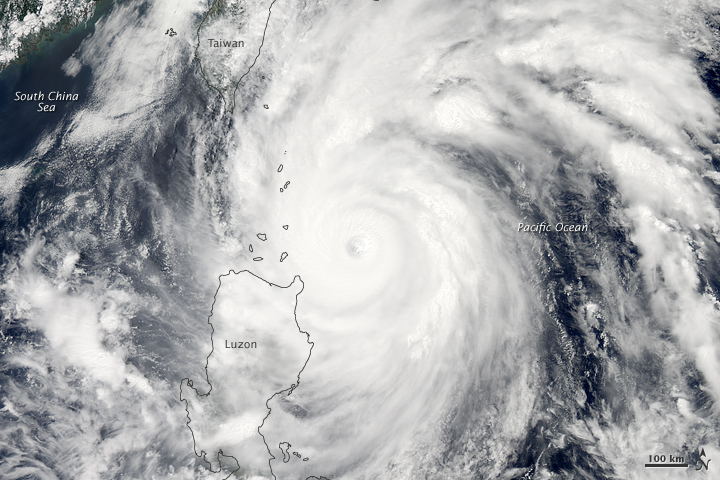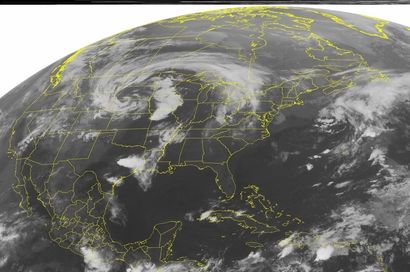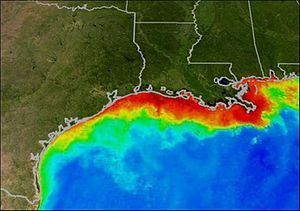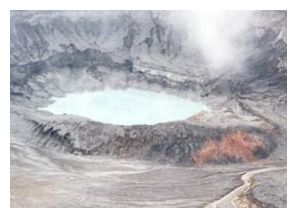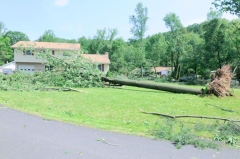
Though the phenomenon is centered largely in Probolinggo, East Java, smaller reported outbreaks in Central Java, West Java, Bali and, most recently, Jakarta have prompted fears of a widespread infestation.
But Aunu Rauf, an entomologist at the Bogor Institute of Agricultural (IPB), says there is no connection between the outbreaks in Probolinggo and those in the other areas.
"There are at least 120,000 types of caterpillars in the world, so those found in Bekasi [West Java] and Probolinggo would be different from each other," he told the Jakarta Globe on Wednesday.
"I'm sure the ones in Tanjung Duren [West Jakarta], where people have claimed to have been 'attacked' by caterpillars, are also a different type."
Since March, millions of hairy caterpillars have cropped up in at least five subdistricts in Probolinggo, invading fields and homes. They have also caused itchy rashes among residents.
